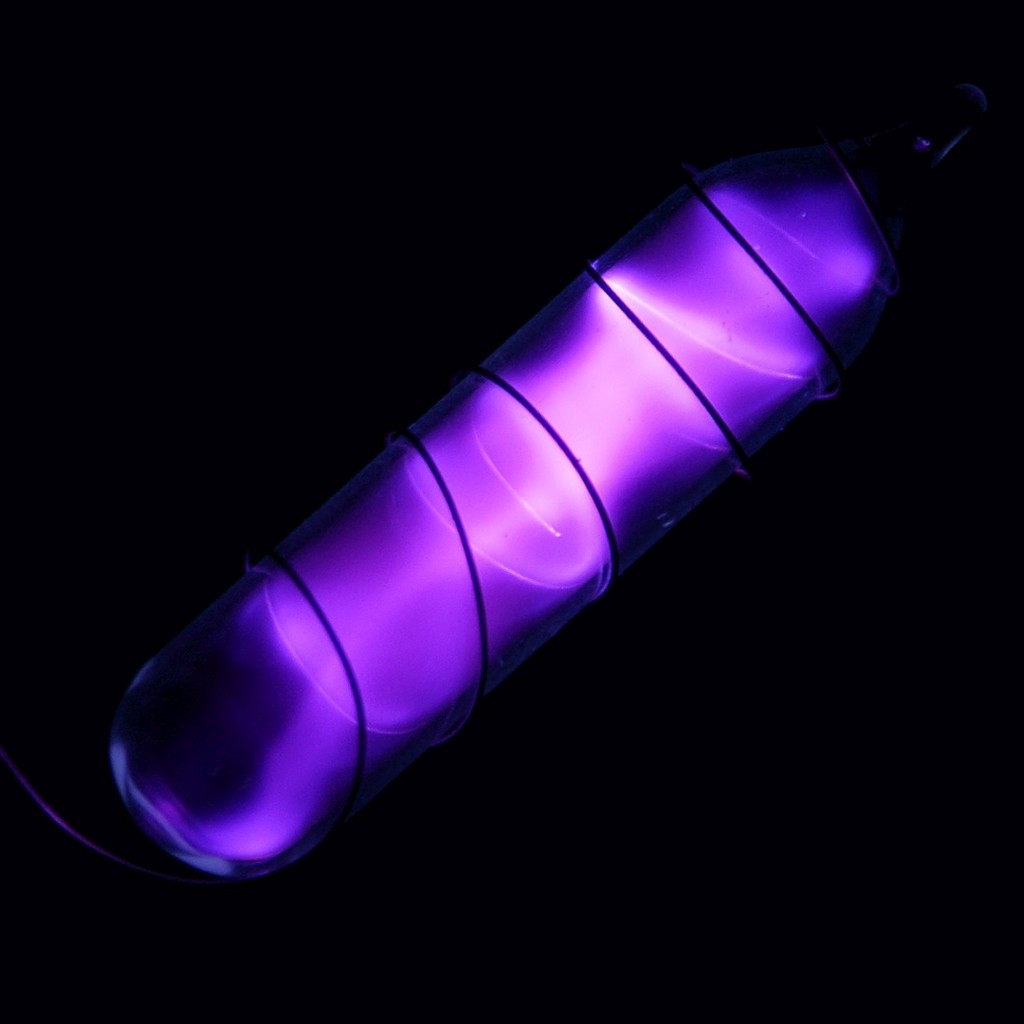Nitrogen
7
N
Group
15
Period
2
Block
p
Protons
Electrons
Neutrons
7
7
7
General Properties
Atomic Number
7
Atomic Weight
14.0067
Mass Number
14
Category
Other nonmetals
Color
Colorless
Radioactive
No
From the Latin word nitrum, Greek Nitron, native soda; and genes, forming
Crystal Structure
Simple Hexagonal
History
Nitrogen is considered to have been discovered by Scottish physician Daniel Rutherford in 1772, who called it noxious air or fixed air.
It was also studied at about the same time by Carl Wilhelm Scheele, Henry Cavendish and Joseph Priestley.
In 1790 the French chemist Jean-Antoine-Claude Chaptal named the element nitrogen.
It was also studied at about the same time by Carl Wilhelm Scheele, Henry Cavendish and Joseph Priestley.
In 1790 the French chemist Jean-Antoine-Claude Chaptal named the element nitrogen.
Electrons per shell
2, 5
Electron Configuration
[He] 2s2 2p3
Nitrogen is present in all living organisms, in proteins, nucleic acids and other molecules
Physical Properties
Phase
Gas
Density
0.0012506 g/cm3
Melting Point
63.15 K | -210 °C | -346 °F
Boiling Point
77.36 K | -195.79 °C | -320.42 °F
Heat of Fusion
0.36 kJ/mol
Heat of Vaporization
2.79 kJ/mol
Specific Heat Capacity
1.04 J/g·K
Abundance in Earth's crust
0.002%
Abundance in Universe
0.1%

CAS Number
7727-37-9
PubChem CID Number
947
Atomic Properties
Atomic Radius
56 pm
Covalent Radius
71 pm
Electronegativity
3.04 (Pauling scale)
Ionization Potential
14.5341 eV
Atomic Volume
17.3 cm3/mol
Thermal Conductivity
0.0002598 W/cm·K
Oxidation States
-3, -2, -1, 1, 2, 3, 4, 5
Applications
Nitrogen is used to produce ammonia and fertilizers, vital for current food production methods.
Liquid nitrogen is used as a refrigerant.
Nitric acid is used as an oxidizing agent in liquid fueled rockets.
Nitrogen is a constituent of molecules in every major drug class in pharmacology and medicine.
Liquid nitrogen is used as a refrigerant.
Nitric acid is used as an oxidizing agent in liquid fueled rockets.
Nitrogen is a constituent of molecules in every major drug class in pharmacology and medicine.
Rapid release of nitrogen gas into an enclosed space can displace oxygen, and therefore represents an asphyxiation hazard
Isotopes
Stable Isotopes
14N, 15NUnstable Isotopes
10N, 11N, 12N, 13N, 16N, 17N, 18N, 19N, 20N, 21N, 22N, 23N, 24N, 25N